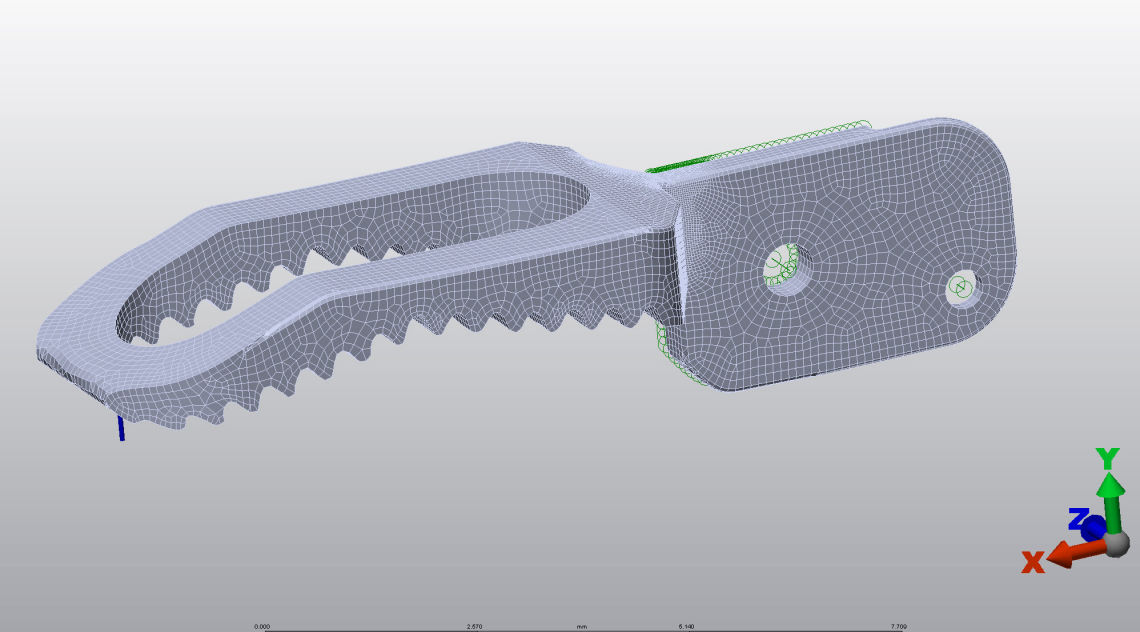RLF researches, identifies, interprets and evaluates relevant national and international standards and regulations against incident designs, industries, situations, or scenarios.
Example standards and regulations used in previous RLF cases:
• AASHTO Geometric Design of Highways & Streets
• ATSSA/ITE/AASHTO Manual on Uniform Traffic Control Devices
• AISC Steel Construction Manual
• ANSI/AWS D1.1/D1.1 Structural Welding Code
• ANSI/API 7K Specification for Drilling & Well Servicing Equipment
• API/SIA A92.6 Self-Propelled Elevating Work Platforms
• API 4F Specification for Drilling & Well Servicing Structures
• API RP54 Recommended Practice for Occupational Safety
• API RP500 Recommended Practice for Electrical Installations
• ASME/ANSI B16.34 Valve Standards
• ASME/ANSI B30.5 Mobile & Locomotive Cranes
• ASME/ANSI B31.3 Process Piping
• ASME/ANSI B56.8 Safety Standards for Personnel &
• CVSA (OOSC) North American Out-of-Service Criteria
• FDA (CFR 21 803) Adverse Event Reporting Requirements
• FDA 510K (CFR 21 807) Premarket Notification Requirements
• FDA (CFR 21 860) Medical Device Classification Requirements
• FMCSR (CFR 49 390) Federal Motor Carrier Safety Regulations
• FMVSS (CFR 49 571) Federal Motor Vehicle Safety Standards
• IEC 60601 General Requirements for Basic Safety & Performance
• ISO 9001 Quality Management Systems
• ISO 13485 Medical Device Quality
• OHSA 1910 OSHA General Industry Regulations
• OHSA 1926 OSHA Construction Regulations
• SAE J517 Hydraulic Hose Specifications
